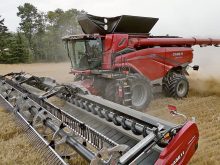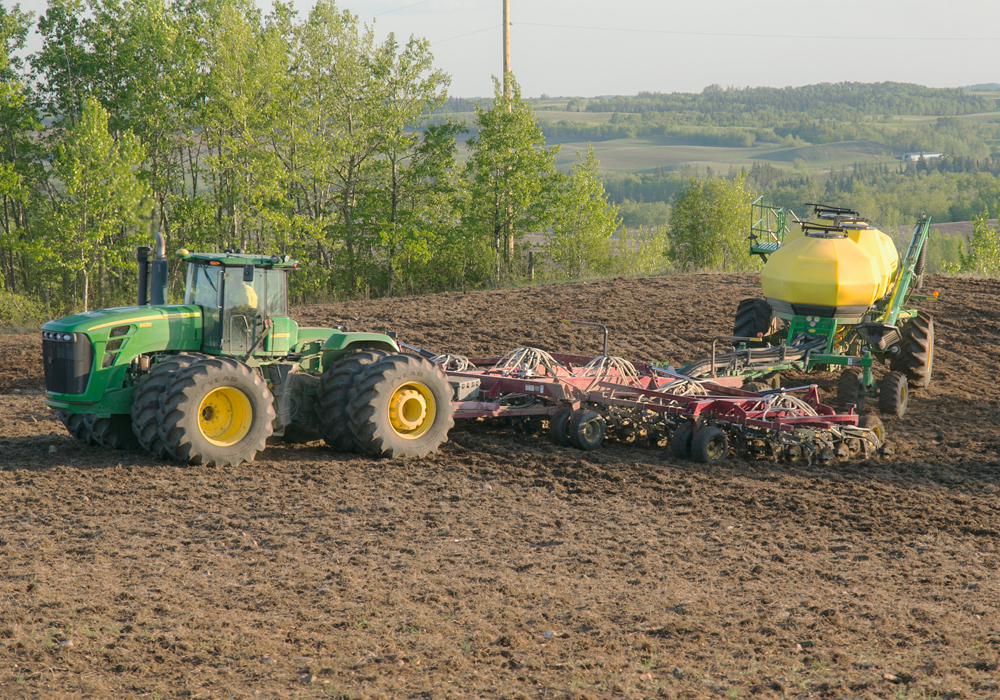As 2009 began, the Canadian Transportation Agency announced that the two national railways had exceeded their 2007-08 revenue caps by $59.8 million.
Canadian National Railway and Canadian Pacific Railway were required to pay that amount, plus a 15 percent penalty, to the Western Grains Research Foundation.
The huge number reflected a one-time reduction in the cap of $72.2 million, reflecting the difference between the railways’ actual costs of hopper car maintenance and the amount they had been receiving under the cap.
Read Also

Manitoba beekeepers battle for survival
Honeybee colony losses have hit 43 per cent, making 2025 the latest in a string of poor bee survival years for Manitoba’s honey producers
There was some debate about whether a way could be found to return the money to producers, who had been overpaying for rail freight by $2.23 a tonne, but that proved too complex a task. The railways sought leave to appeal the CTA’s ruling to the Supreme Court of Canada, but were denied.
Also in January, Gordon Wallace, a farmer from Unity, Sask., launched a class action lawsuit against the two railways, alleging they have been overcharging farmers for hauling grain for at least two decades and should compensate all farmers who shipped grain during that period.
Wallace’s lawyers said the suit could potentially produce a repayment to farmers in excess of $1 billion. Various procedural issues and legal challenges resulted in little progress in the suit during the year.
Another class action suit against the railways on the same issue was filed in Regina by Merchant Law Group in mid-October. Five prairie farmers are listed as plaintiffs.
Farmers continued to turn to short lines and producer cars to preserve local rail service and move their grain to market.
At least five new short lines either began operating or were in the process of doing so during the year, including three in Saskatchewan, two in Alberta and one in Manitoba.
The number of producer cars shipped reached a record 13,243 in 2008-09.
CN caused a stir when it announced it was de-listing 53 producer car loading sites that were not being used. Farm groups and politicians demanded the railway change its plans and it eventually agreed to delay de-listing and removal of tracks and switches until January 2010, to allow farmers to make business proposals for the sites in question.
Farmers got some good news when the CTA announced in April that grain freight rates would decline by an average of $2.26 a tonne in the 2009-10 crop year beginning Aug. 1, 2009.
That followed an average increase of almost exactly the same amount the previous year.
The agency said the pricing index used to determine the rail freight revenue cap would decline by 7.4 percent in 2009-10, due mainly to lower fuel prices.
The federal government announced the names on a three-member panel charged with reviewing rail freight service in Canada, appointing as chair Walter Paszkowski, former Alberta agriculture and transportation minister.
The panel is to consult with shippers and railways on how to make service more reliable and consistent. A report is expected by the summer of 2010. Grain shippers said they want the railways to be made more accountable for their performance.
A brief strike by CN engineers in November had little impact on grain movement. The railways received generally good reviews for their grain hauling performance in 2009, as a slowdown in movement of other commodities freed up capacity for grain.














